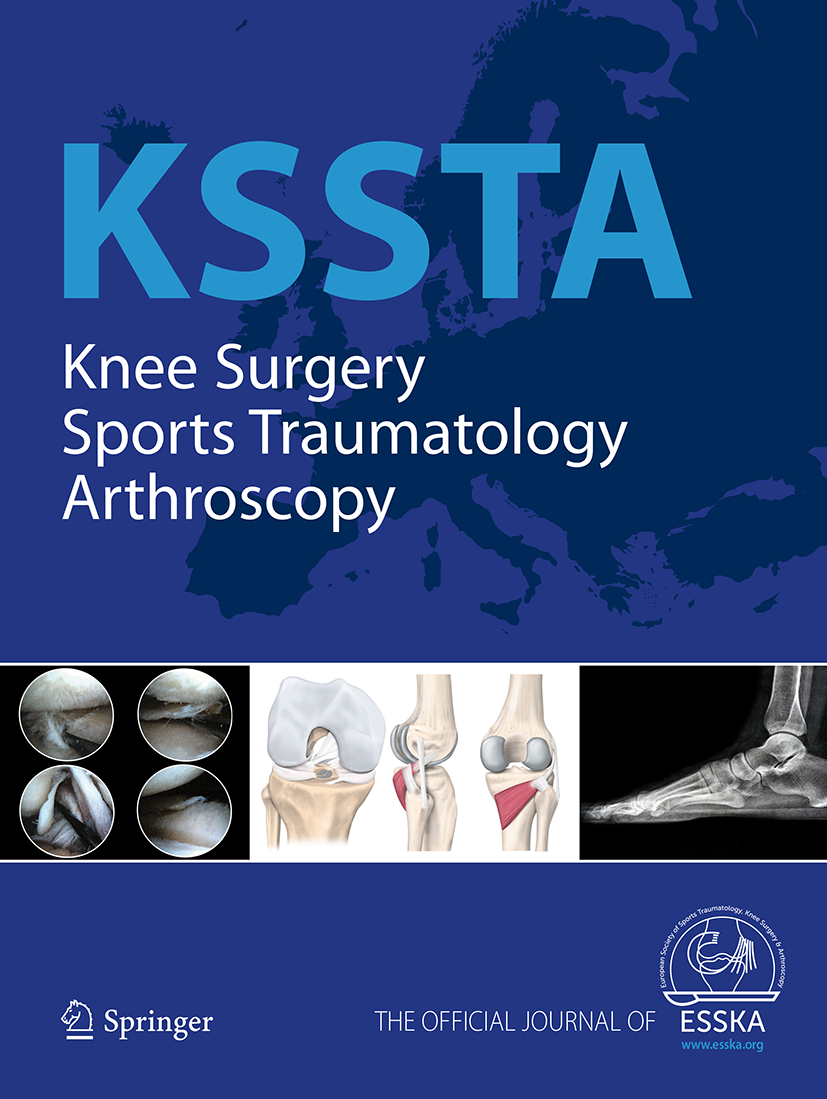
Patient-specific surgery equivalent to conventional total knee arthroplasty alignment

Patient-specific surgery equivalent to conventional total knee arthroplasty alignment
Intra-operative results and radiological outcome of conventional and patient-specific surgery in total knee arthroplasty: a multicentre, randomised controlled trial
Knee Surg Sports Traumatol Arthrosc. 2013 Oct;21(10):2206-12Did you know you're eligible to earn 0.5 CME credits for reading this report? Click Here
OE EXCLUSIVE
Dr. Kort discusses conventional and patient-specific surgery in total knee arthroplasty.
Synopsis
180 patients who underwent total knee arthroplasty (TKA) participated in this 2 year study to determine the effectiveness of patient specific guides. Patients were randomized to undergo TKA with either patient-specific guides or standard intramedullary instrumentation. Obtaining a neutral mechanical axis of the leg and correct positioning of the prosthesis was attainable regardless of group alloca...
To view the full content, login to your account,
or start your 30-day FREE Trial today.
FREE TRIAL
LOGIN
Forgot Password?
Explore some of our unlocked ACE Reports below!

Learn about our AI Driven
High Impact Search Feature
Our AI driven High Impact metric calculates the impact an article will have by considering both the publishing journal and the content of the article itself. Built using the latest advances in natural language processing, OE High Impact predicts an article’s future number of citations better than impact factor alone.
Continue



 LOGIN
LOGIN

Join the Conversation
Please Login or Join to leave comments.